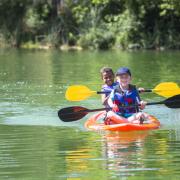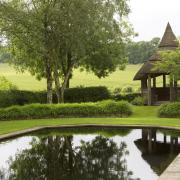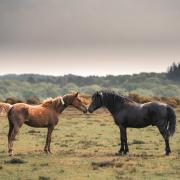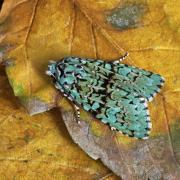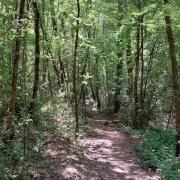Over the 20th century, populations of orchids dramatically reduced due to habitat destruction, agriculture and even poaching. There are countless orchid species globally – including many of the 50-plus types in the UK - that have now been placed on the endangered species list.
Orchids are more than just a pretty face, boasting a unique biology which needs optimum conditions to thrive. If orchids are present in an ecosystem, this is a good indicator of a healthy, functioning ecosystem, which is good news for all the species in the area.
The chalkland areas of the East Hampshire Hangers and nearby woodlands already provide a home to some of the UK’s scarcest helleborine orchids, but their numbers have also seen significant declines. The stunning red helleborine or cephalanthera rubra is considered one of Great Britain’s most threatened orchid species with an overall population of fewer than 20 plants recorded each year, whilst the long-leaved helleborine is thought to survive at only 25 sites in England. Falling numbers in recent decades is linked to a range of factors, including woodland loss, trampling by humans and deer, and grazing by hungry molluscs.

Plans to preserve these fragile orchid locations have now been backed with a grant by Natural England. The County Council will put in place special measures to nurture the threatened helleborines back from the brink of extinction. This includes ‘artificial’ hand pollination; vegetation clearance to provide more space, light and air for the plants to grow; and extra protection for adult plants. In the coming decades we hope that swathes of orchids can re-colonise lost ground.
There are many landscapes across Hampshire where collaborative conservation efforts are helping to restore and connect habitats. This can even be done in your local neighbourhood. Planting native shrubs, trees or climbing plants in a green space will make it hospitable haven for wildlife.

Pete Durnell is a Team Manager with Hampshire County Council’s Countryside Service. The service looks after many of Hampshire’s major country parks and National Nature Reserves, as well as some heritage monuments, local recreational spaces, and large areas of common land. It also manages Hampshire’s 3,000 miles of public rights of way.


















